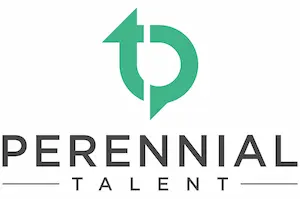Competency Profiles: What are They and How can They be Used?
Do you have questions about competency profiles and competency profiling? Like, what does an example competency profile look like, and what is competency profiling? or What’s the difference between a job description and competencies? or How can competency profiles be used?
Good news! Find out the answers to these 4 FAQs about competency profiling and much more…
Question 1
What are competency profiles?
Competency profiles are essentially the collection of competencies, including their associated behaviours, needed to be successful in a role. Below you will find an example competency profile.
Tip: Focus on the “must have” as opposed to the “nice to have.” A competency profile should focus on the most critical 6-8 competencies for a role.
Question 2
What is competency profiling?
Competency profiling is the structured method you use to build these profiles and determine which competencies are critical for successful performance in a role.
Tip: Make sure you use subject matter experts who know the jobs well to help create competency profiles.
Question 3
What is the difference between a job description and competencies?
A job description outlines the responsibilities and tasks for a job, the educational and experience requirements, and often the knowledge, skills, abilities, and competencies needed for successful performance. This job description focuses on the requirements for one specific job like a cybersecurity analyst, HR generalist, or account manager.
A competency profile focusses on the specific behaviours needed to be successful in a role and can be included within the job description. This means that you do not need to build a competency profile for every single job in your organization. You may have one competency profile that applies to multiple jobs. For example, you might have a competency profile for a vulnerability and threat assessment analyst that applies to the following three jobs: cyber controls assurance analyst, security specialist, and cyber security analyst. You would only need one profile as the behaviours or competencies needed for successful performance are the same.
Tip: Focus on creating competency profiles for roles as opposed to one for each job. This makes the process more manageable and efficient.
Question 4
What can you use a competency profile for?
Everything! (well at least in HR anyway). Once you have defined the critical competencies needed for successful performance you can start using them across all HR processes. They can be used to help you hire the best people, onboard them, manage their performance, and help them to learn and to grow, while navigating their own career paths. Competencies become the bridge that connects all of your HR processes or the full talent management lifecycle. This is why they are such a powerful tool.
Tip: Don’t wait to start using your competency profiles once you have identified them for a group of roles.



